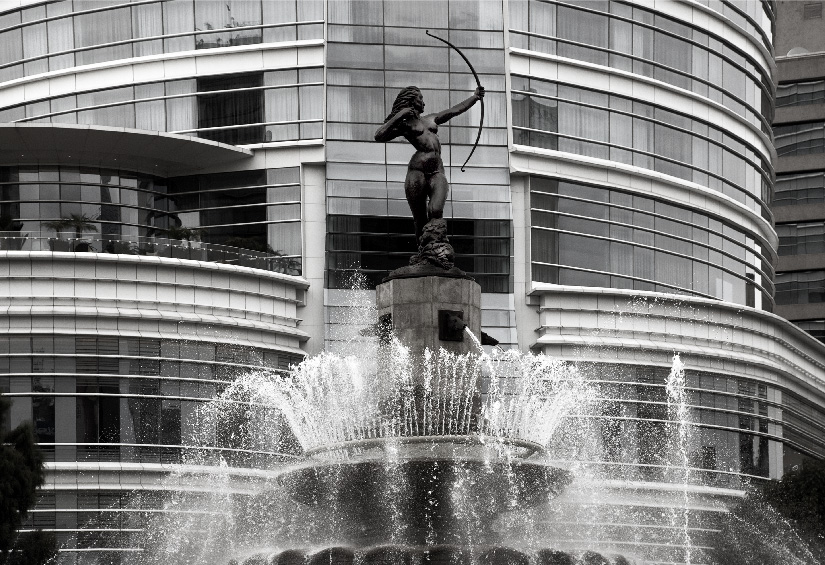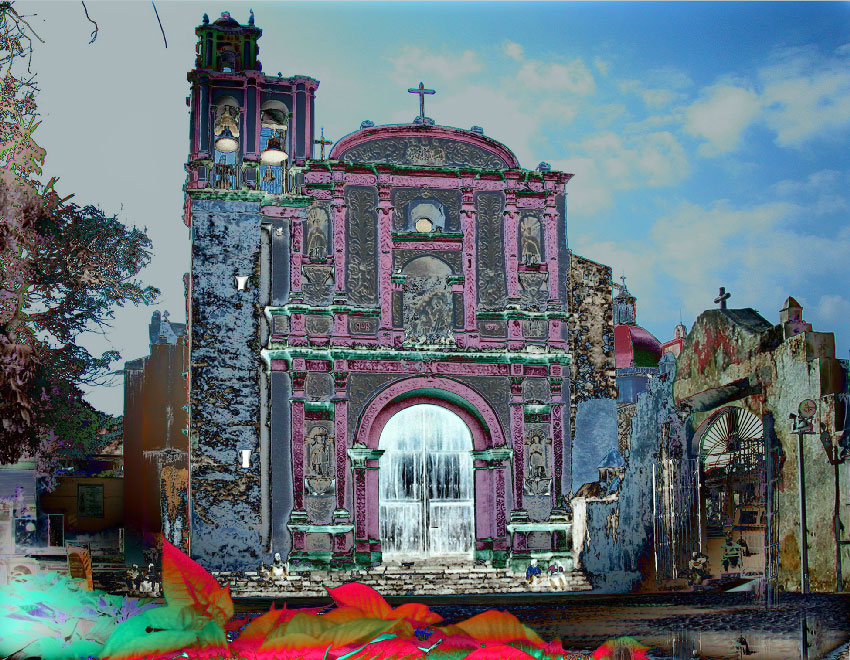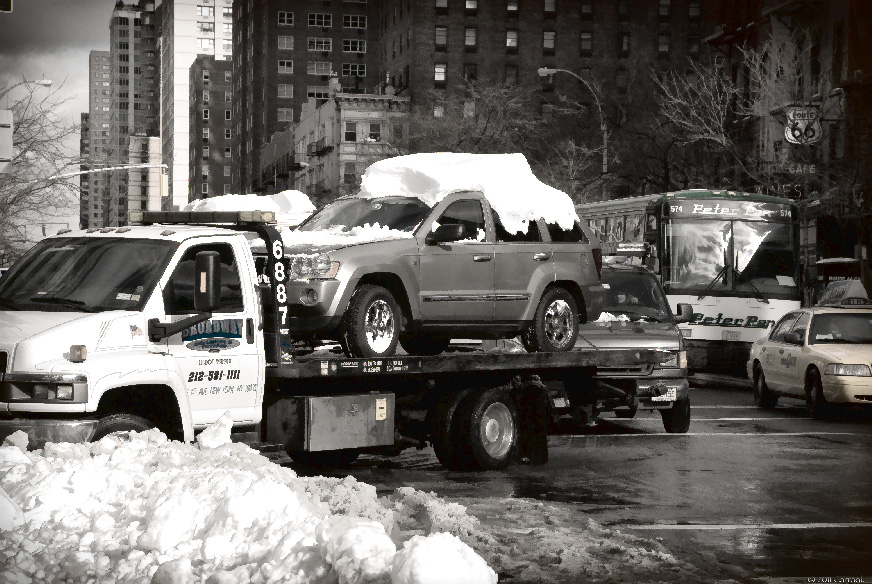 |
| Boca Chica Beach |
“Dip him in the river who loves water.” / “Sumerge en el río a aquel que ama el agua.”
~William Blake
The Magic of the Cities.
Zen promotes the rediscovery of the obvious, which is so often lost in its familiarity and simplicity. It sees the miraculous in the common and magic in our everyday surroundings. When we are not rushed, and our minds are unclouded by conceptualizations, a veil will sometimes drop, introducing the viewer to a world unseen since childhood. ~ John Greer
 |
| Taking a break in Tepoztlan Sunday street market. |
 |
| Irina from Irina's Paintings and Moscow Daily Photo honored me with this great sketch of the above photo. Thank you very much! |
 |
| Diana Fountain |
 |
| Waves |
 |
| Blue |
 |
| Trumer Pils. Vienna 2010 |
 |
| Abstract Truth |
 |
| Fray Bartolome de las Casas St. Cuernavaca |
 |
| Cuernavaca Cathedral Atrium |
 |
Man on Ice (take at The Ice Skating Rink at Rockefeller Center. NYC) |
 |
Cro-Magnon (take at American Museum of Natural History. NYC) The Cro-Magnon were the first early modern humans (early Homo sapiens sapiens) of the European Upper Paleolithic in Europe. The earliest known remains of Cro-Magnon-like humans are radiometrically dated to 35,000 years before present. Etymology The name derives from the Abri de Crô-Magnon (French: rock shelter of Crô-Magnon) near the commune of Les Eyzies-de-Tayac-Sireuil in southwest France, where the first specimen was found. Being the oldest known modern humans (Homo sapiens) in Europe, the Cro-Magnon were from the outset linked to the well-known Lascaux cave paintings and the Aurignacian culture that flourished in southern France and Germany. As additional remains of early modern humans were discovered in archaeological sites from Western Europe and elsewhere, and dating techniques improved in the early 20th century, new finds were added to the taxonomic classification. Absolute Astronomy The Future of Human Evolution Our Future As we look toward the future, experts debate whether we might alter the course of human evolution. What does the future hold for humanity? It is beyond the reach of science to peer ahead hundreds, thousands or millions of years with any certainty. But it is clear that our survival, like that of any species, depends on the potential of our species to adapt to a changing environment. While humans have adapted to such changes many times in the past, the future presents new challenges. Humans are no longer passive agents in the evolutionary process. The environment will always shape us, but we in turn are now shaping the environment. Today our world is changing rapidly, largely because of human activity. The atmosphere is getting hotter, wild habitats are disappearing and countless species are going extinct. These changes pose threats to the natural resources we depend on—and could ultimately threaten our quality of life and even survival. At the same time, humans have an extraordinary capacity to improve the future. Given the wondrous achievements in human history, from the wheel to computers and spacecraft, our potential for advances in art, science and technology is incalculable. By taking an active role in transforming our world and ourselves, we will affect our destiny, for better or worse. How might we use—or abuse—our capacity? Will we really change the course of human evolution? ARE HUMANS STILL EVOLVING? In this era of global travel and interconnected societies, we no longer have small, isolated populations evolving in different directions, as was the case earlier in human evolution, helping to drive the emergence of new species. The human genome continues to change in minor ways, but under present conditions a new human species more than likely will not emerge. COULD A NEW HUMAN SPECIES EVOLVE? Human populations might once again become small and isolated and a new species might then emerge if humans experienced environmental collapse, war, pandemic disease or geological catastrophe on a massive, global scale. Certain experts think another scenario is also possible. By directly manipulating the human genome, some humans could be altered so significantly that, if reproductively isolated from other humans, they might become a separate species. Critics disagree, claiming that there will be enormous technical, political or moral barriers to making significant changes to the human genome. More about: Dance of The Tiger by Björn Kurtén The Inheritor by William Golding |
 |
Friendship (Photomanipulation) |
 |
The cathedral, began life as a Franciscan friary, founded by Hernán Cortés in 1529. Work started on the fortress-like complex in 1533. The side portal of the church has a fine colonial-Plateresque façade with, above the gable, the symbols of a crown, cross, skull and bones framed by an alfiz. During restoration of the cathedral interior in the 1950s, some early murals were uncovered depicting the departure of 24 Mexican Franciscan friars, embarking at the start of their missionary journey to Japan, and their subsequent martyrdom on the cross in 1597. Among them was Mexico's only saint, San Felipe de Jesús. The Chapel of the Third Order, at the rear of the monastery building, has a very typical Mexican Baroque façade, embellished with a small figure representing Hernán Cortés. Like the chapel's lovely carved wooden altar (1735), the façade shows strong Indian influence. Adjoining the cathedral stands the spacious Open Chapel, its vaulting supported on three arches. Two buttresses reinforce the central columns. Remains of murals showing the lineage of the Franciscan order can be seen in the cloister. Every Sunday a folk mass is celebrated in the cathedral to the accompaniment of mariachi music. If you wish you can see another views of this magnificent building here and here. |
 |
Bazaar. Cuernavaca, Mx. |
 |
Nineth Ave |
 |
L'Atelier Des Fleurs |
 |
 |
 |
Christmas Blizzard of 2010 Central Park. New York (A major blizzard hit New York City and the surrounding areas on Dec. 26) |